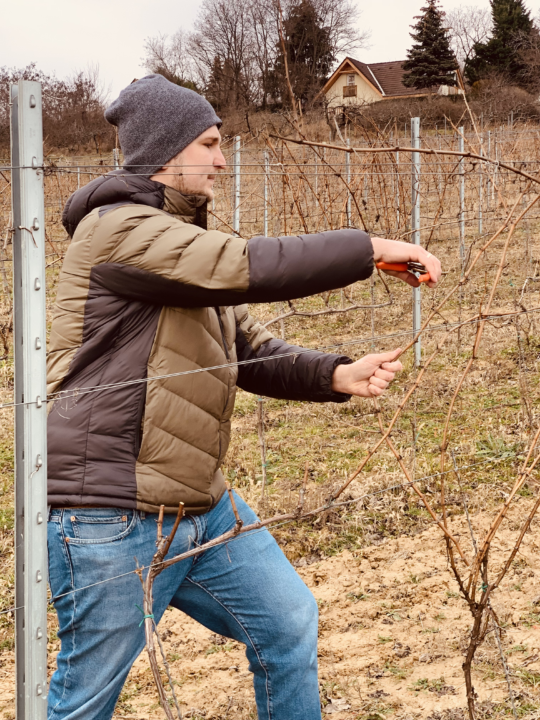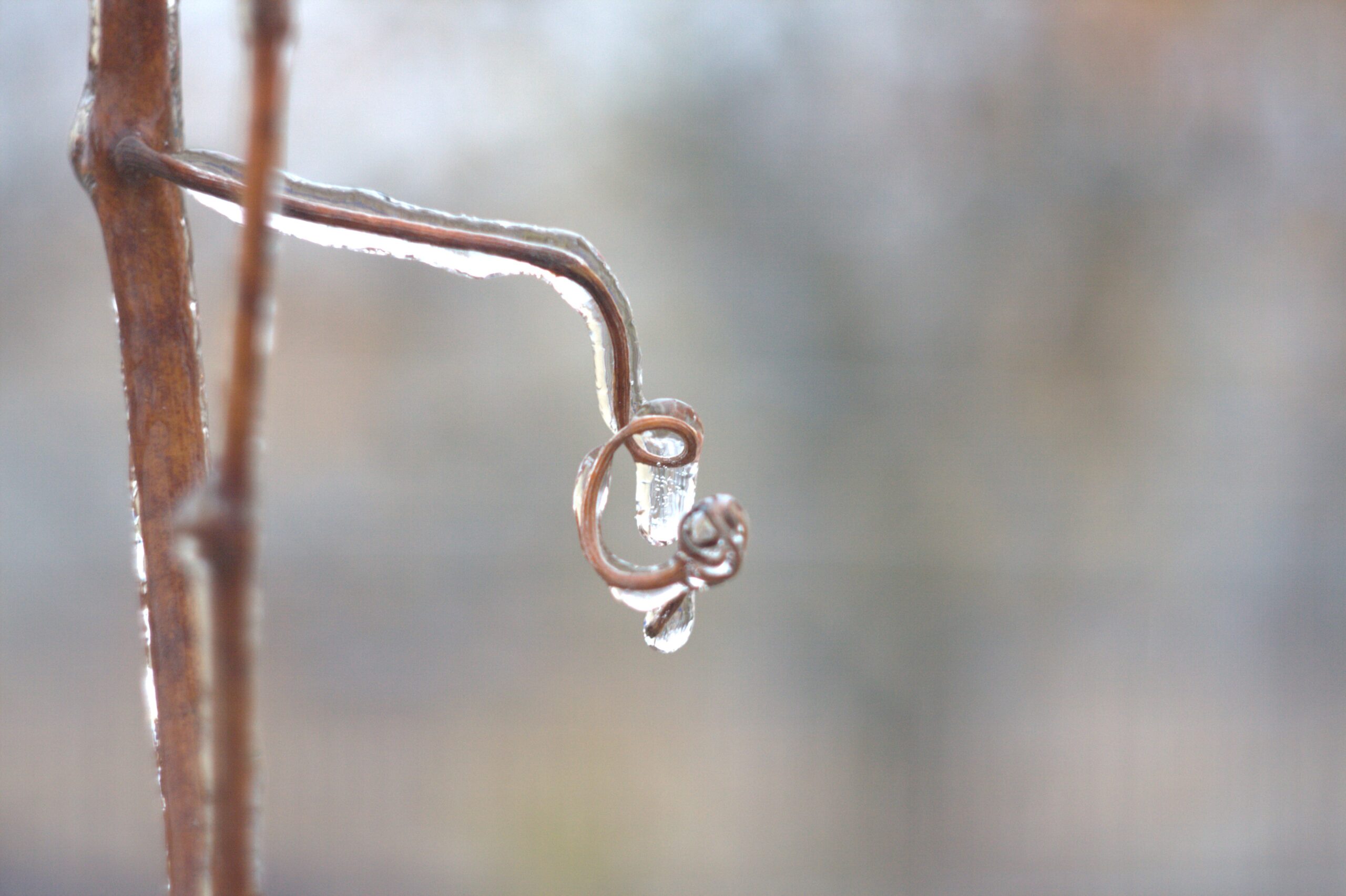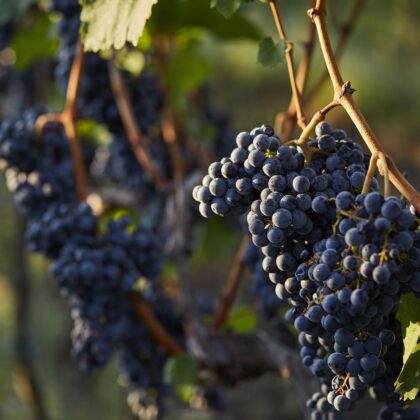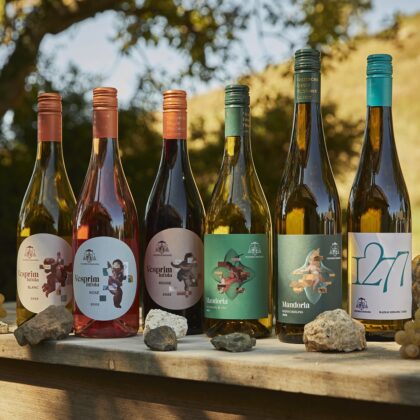Although this year was an exception, on the whole January is one of the coldest winter months, thus one would primarily think that nature is taking a break around then. However, this is not totally correct: there is an important date in the calendar from the viticulture point of view at the end of January. St. Vincent’s Day falls on 22 January, and folk tradition has it that on this day one can predict the quality of the autumn harvest. This red-letter day was the one chosen by Veszprém Archdiocese Winery to prune the so-called Vincent vine shoots. Of course, experts on the Felsőörs and Mindszentkálla estates do not rely solely on folk custom since the winery has deep, centuries-old traditions and much vineyard management and winemaking expertise to draw on.
Who was St. Vincent?
We know little about the life and death of Vincent who lived in the 3rd-4th century. Veneration of the Spanish deacon and martyr developed within a relatively short period of time because there are records of this as early as the 5th century. Saint Augustine himself paid tribute to Vincent on numerous occasions and several churches in Rome bear his name. It is thought that he became the patron saint of wine due to his name since Vincent, vin cent, also translates as ‘one hundred wines’. In European culture, Saint Vincent had become the patron saint of wine traders, winemakers, vindemiators and cellar masters by the 11th century.

Vincent Day customs
Folk tradition observes several signs on Saint Vincent’s Day, 22 January. One such is the so-called ‘Vincent vine shoots’. The essence of the custom is that on the day in question, a shoot from a grape vine is cut and then placed in water in a warm room – if the shoot sprouts, then it is possible to predict the quantity of the autumn harvest from the number of buds on it. The other folk custom is associated with the weather. The saying is that if it rains on the saint’s day, or there is a thaw and the gutters are gurgling with water, then the wine output will be healthy.
“Folk traditions are based on countless years of observations and recurring phenomena. Vineyard farmers always lived (and continue to do so today) in close harmony with nature. Due to this they closely observed the weather and the growth patterns of flora as well as the consequences deriving thereon. There is a kind of community-creating force to folk traditions and related customs, as well, because in general some sort of community occasion or event is arranged at this time. These days, many parts of the country organize programmes on St. Vincent’s Day. We pruned the Vincent vine shoots on both estates – Mindszentkálla and Felsőörs – of Archdiocese Winery, thereby we, too, symbolically started the year,” explains Antal Benesch, head winemaker of Veszprém Archdiocese Winery.
Once again, this year experts of the Winery, mobilizing all their expertise, will be working to prepare the finest possible wines from the harvested grapes. The head winemaker goes into detail about exactly what sort of work is carried out.
“As soon as we have finished in the cellar we begin the pruning in December, which, depending on the weather, keeps going until the middle of February. In both areas we use Guyot (single stem) and short pruning. Pruning is one of the most important work processes. The pruning must be carried out with extreme precision because this is when the quantity of the yield is determined. Work in the cellar does not stop for a second during pruning either. We will start blending our wines at the beginning of February. This is one of the best parts of winemaking since this is when our wines take on their final shape. It is just like when a person begins to cook… He/she tries to find the best and most perfect balance both in terms of flavour and aroma, so that the finished ‘product’ elicits emotions in the diners.”
This year is important in the life of both Veszprém Archdiocese and Archdiocese Winery. In 2023, in connection with the European Capital of Cultural programme series, Veszprém Castle District will once again be open to the public from the spring. In the castle district located in the heart of the archdiocese, 18 buildings and the associated squares and courtyards owned by the Archdiocese are being totally restored by 2025. Several results of this development project will be visible this year: according to plans, the Mass of the Resurrection will be held in St. Michael’s Cathedral at Easter 2023, then from May parts of Körmendy House, Bíró-Giczey House and the Archbishop’s Palace will again be open to the public. However, not only is the castle district undergoing renewal but Archdiocese Winery and its wines, too; furthermore, customers will come across a new website, webshop and brand-new range of wines. For Veszprém Archdiocese Winery, which has a history going back nearly 750 years, 2023 will be the year of renewal.



